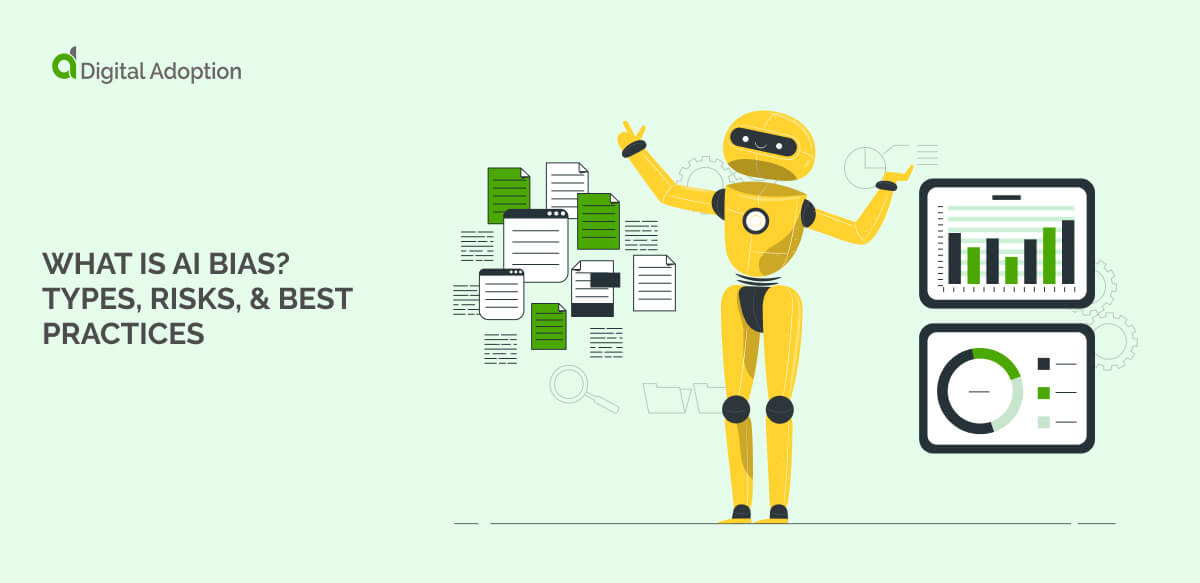IT governance use cases
IT governance can be effectively applied across various industries to enhance organizational performance and achieve strategic objectives. Here are three use cases:
Healthcare sector
Scenario
A healthcare organization aims to improve patient data management and comply with stringent regulatory requirements.
Method
The organization implements an IT governance framework that includes robust data governance policies, regular audits, and compliance training for staff. They also deploy advanced cybersecurity measures to protect patient information and ensure regulatory compliance.
Outcome
Enhanced data security, improved compliance with regulations, and more efficient patient data management. The organization builds trust with patients and regulators, enhancing its reputation and operational efficiency.
Financial services
Scenario
A financial services firm seeks to optimize IT investments and enhance risk management practices.
Method
The firm adopts a comprehensive IT governance framework that includes strategic alignment of IT projects with business goals, regular performance assessments, and a risk management program that identifies and mitigates IT-related risks.
Outcome
Improved return on IT investments, reduced risk exposure, and enhanced decision-making capabilities. The firm achieves greater operational efficiency and strengthens its competitive position in the market.
Manufacturing industry
Scenario
A manufacturing company aims to leverage digital technologies to streamline its production processes and enhance supply chain management.
Method
The company implements IT governance practices, including adopting emerging technologies, continuously monitoring IT performance, and establishing clear technology investments and project management policies.
Outcome
Increased operational efficiency, optimized supply chain processes, and improved product quality. The company achieves higher productivity and reduced costs, leading to greater profitability and market competitiveness.




